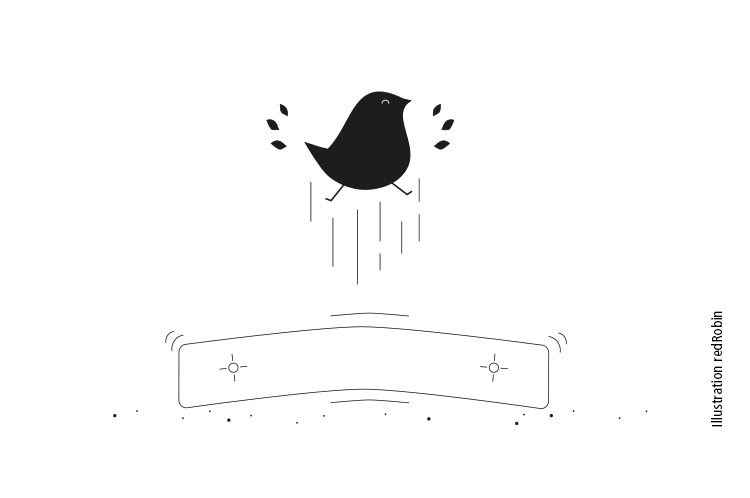An exciting news? Check. A handy headline? Check. A text that is short and concise? Check, the press release is ready for dispatch! But the quality of the text and the news value of the message are not the only deciding factors as to whether the PR's message is well received and shared in the media. The actual recipients are at least as important. And at this point it becomes critical: Does my beautiful press release deserve to be seen by all journalists up and down the country? NO! Not even if it is a particularly popular topic. Sheer mass of recipients is bad advice for a press release. The decisive factor for success, instead, is that it ends up in the inbox of the "right" editors.
One of the realities of an editor in the e-mail age is that he or she receives a three-digit number of press releases every day. Only a fraction of those are relevant to them, which rightly annoys journalists. Handelsblatt editor Katharina Schneider aptly summed this up a few weeks ago:
Dear #PR experts out there, it may well be that many Germans store their money under the mattress. But sending press releases about #BoxSpringBeds to finance editors is going too far! #MarketingFail
A text about a new box spring bed product line in a finance editor's mailbox, or a quarterly finance report to the feature writer - both are digital harassment, and both can have unpleasant consequences. At best, journalists simply delete the mail. But they can just as easily put the senders on the spam list and thus prevent future messages that may be relevant to the addressees from ever reaching their destination.
In short, the relevance of a press release lies in the eye of the beholder. Irrelevant reports are a great nuisance for journalists and damage the reputation of the sender.
The only way to a good press distribution list is through a meticulous selection of contacts. PR professionals consider the following criteria:
- The right medium: Whether daily newspapers, specialist media, blogs or online portals - the media diversity in Germany is huge. The journalist database Zimpel has 48,584 contacts and 14,262 media in Germany alone. The first step, therefore, is media selection. The topic of the report determines the publications that are notified: Popular topics are in good hands with the public media, specialist topics resonate with the corresponding specialist media
- The right editor: Many editorial offices have different departments, daily newspapers traditionally have political, economic, feature or sports departments. Here, too, an exact selection must be made. In most cases, even in a large house like the Handelsblatt, a specific topic only concerns two to three editors. PR professionals know the topics that journalists deal with very well
- Right place: Do I distribute the results of a survey on the preferences that Germans have regarding firmness of their mattresses? This can be interesting for editors from north to south. "Bed warehouse opens flagship store in Hamburg"? With this headline, on the other hand, I should only approach editorial offices in or around Hamburg.
As a rule of thumb, messages should always only be sent to the editors who deal with my topic and who would seriously consider writing about it. The right message must reach the right journalists, even if, depending on the topic, this might only be a good dozen specialist editors. If it is the twelve editors who deal with mattress developments, then the PR on the box spring bed is absolutely right for them.


